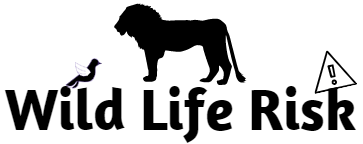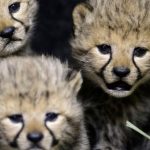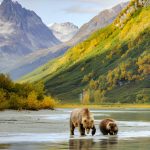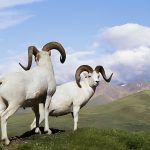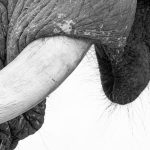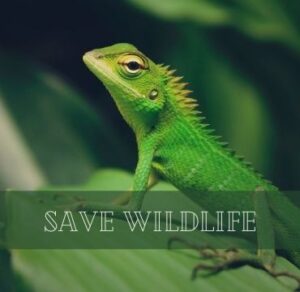Wild Animals That Start with the Letter C
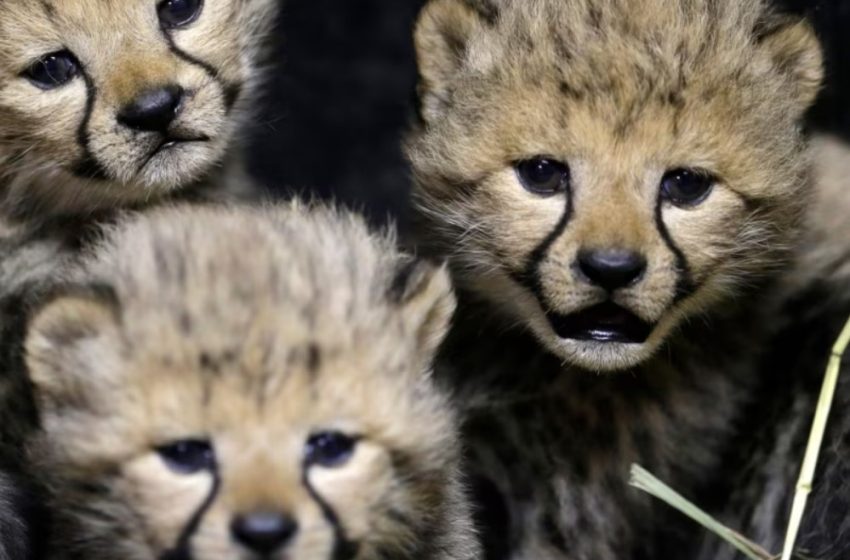
It’s exciting to learn about the amazing things in the animal world. This article talks about wild animals whose names begin with the letter “C.” It gives interesting facts about their habits, where they live, and how they behave. This guide is meant to educate and interest everyone, whether they are an animal lover, a student, or just simply curious.
Introduction to the “C” List
The animal kingdom is very varied, with species living all over the world. The ones whose names begin with “C” include mammals, birds, snakes, and insects, among other things. This article will tell you about some of these amazing animals, showing you what makes them special and how important they are to their environment.
Cheetah
People say that the cheetah is the fastest land animal because it can run up to 75 mph for short periods of time and cover up to 1,500 feet. Most of these beautiful cats live in sub-Saharan Africa, but there are also a few in Iran. Because they are skinny, have deep chests, and have long, thin legs, cheetahs are great sprinters. Because they have spots on their fur, they can fit in with the grassy savannahs where they hunt during the day, mostly for antelopes and gazelles.
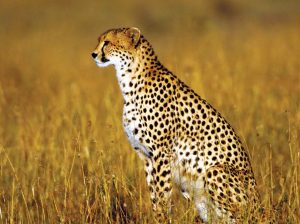
Capybara
Capybaras are the largest rodents in the world, native to South America. They live in groups near bodies of water, such as rivers, ponds, and marshes. Capybaras are excellent swimmers, using their webbed feet to navigate the water and evade predators. They are herbivores, feeding on grasses and aquatic plants. Capybaras are social animals, often seen basking in the sun or wallowing in mud with their group members.
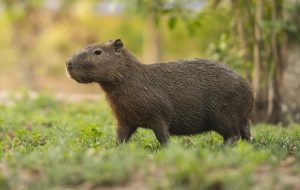
Chimpanzee
Chimpanzees are great apes found in the forests and savannahs of central and West Africa. They share about 98% of their DNA with humans, making them our closest living relatives in the animal kingdom. Chimpanzees are highly intelligent and exhibit behaviors such as tool use, hunting cooperatively, and engaging in complex social relationships. They live in communities led by an alpha male and communicate using vocalizations, facial expressions, and body language.
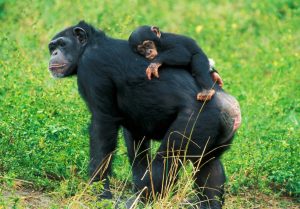
Cobra
Cobras are venomous snakes known for their distinctive hood, which they flare when threatened. They inhabit various environments across Africa and Asia, including deserts, forests, and fields. Cobras feed on other snakes, rodents, birds, and eggs. Their venom is neurotoxic, affecting the nervous system and leading to paralysis or even death in their prey. Despite their fearsome reputation, cobras play a crucial role in controlling rodent populations, thereby preventing the spread of diseases.
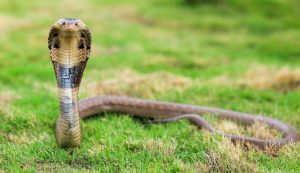
Condor
Condors are among the largest flying birds, with wingspans reaching up to 10 feet. There are two species: the Andean condor of South America and the California condor of North America. These birds prefer open spaces and high altitudes, where they can glide on thermal currents. Condors are scavengers, feeding primarily on the carcasses of dead animals. They have a significant cultural importance in many South American cultures, symbolizing power and freedom.
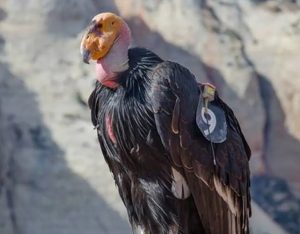
Crocodile
Crocodiles are large aquatic reptiles found in the tropics of Africa, Asia, the Americas, and Australia. They are among the oldest living species on Earth, with ancestors dating back over 200 million years. Crocodiles inhabit rivers, lakes, and mangroves, feeding on fish, birds, mammals, and occasionally smaller crocodiles. They are known for their powerful jaws, stealthy approach, and explosive attack speed. Despite their fearsome nature, crocodiles are essential for maintaining the ecological balance in their habitats.
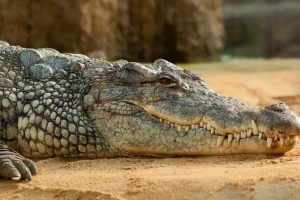
Conclusion: A World of Wonders
The animals with names that begin with the letter “C” show how varied the animal world is. Every animal, from the fast cheetah to the beautiful condor, is very important to its environment. Learning about these animals helps us understand how all living things on Earth are linked and how important it is to protect these amazing animals and their homes.
Let’s remember that it’s our job to protect these natural jewels for future generations as we continue to enjoy the wild. Not only do these animals’ stories show how they managed to stay alive, but they also show how strong and beautiful life is in all its forms.
